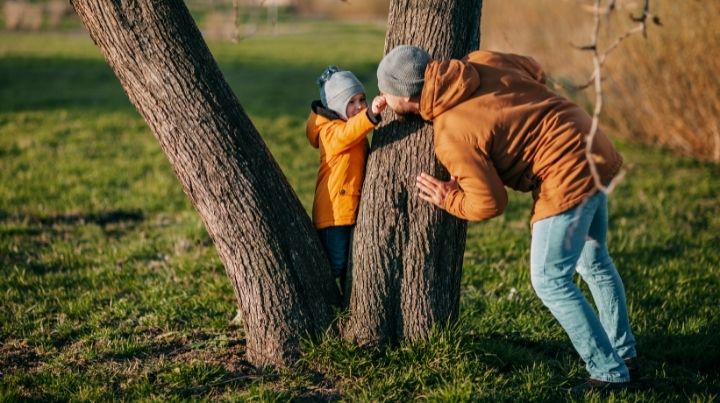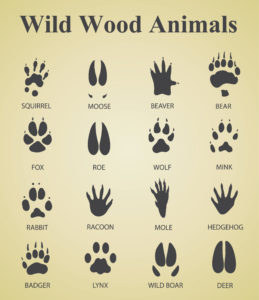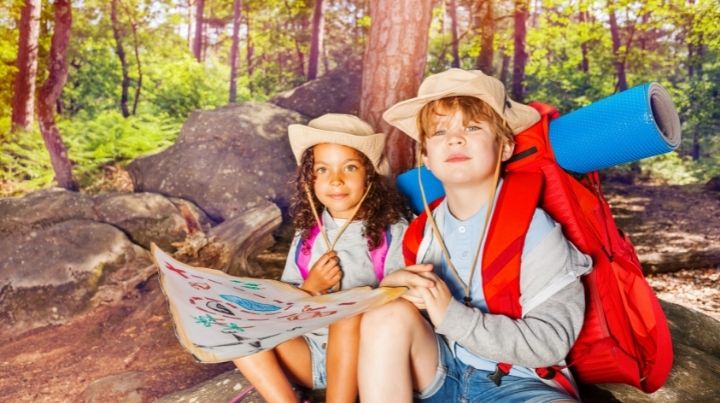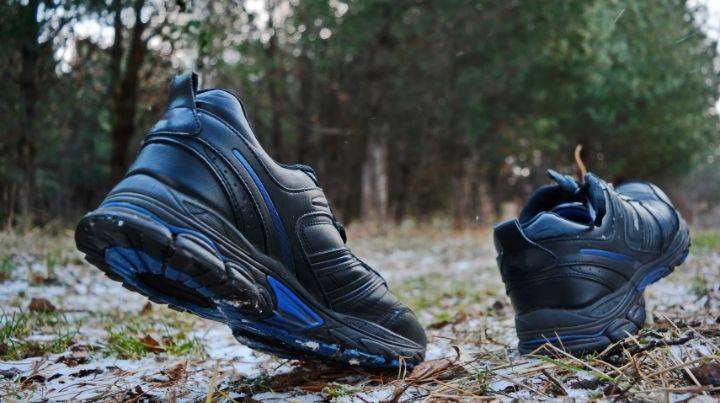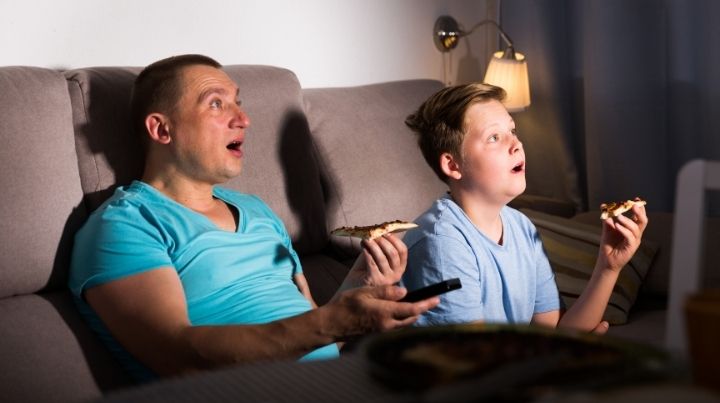Teaching Situational Awareness to Kids
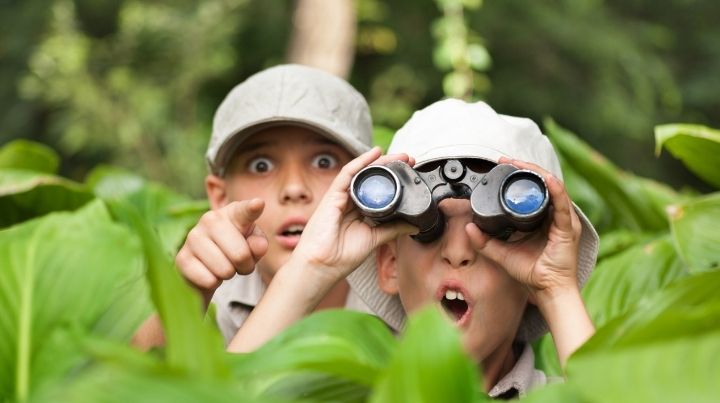
How do you teach situational awareness to kids who live blissfully unaware lives? Several different educational methods work. From educating children about the meaning of colors and shapes to instructing them how to identify objects in their environment, educating about situational awareness is not difficult. In this blog post, we will discuss some methods to making kids situationally aware, as well as what they can learn from each technique.
It’s never too soon for parents to start challenging their family to have a preparedness mindset. Understanding situational awareness can be encouraged in just about any age group when it’s presented properly. This isn’t just a skill for grown-ups! And, it’s a skill that is exactly what many children need for any given situation.
How they learn depends on variables like their ages, setting, and interests. One crucial thing to remember is that you have to keep it fun and exciting. If you try to scare them into preparedness, they’re not going to be very cooperative. Maria Montessori, the creator of the Montessori learning method, said, “Play is the work of the child.” But her version of fun was realistic and imagination-based.
But Montessori also observed that children enjoyed play based in reality, and were happier when invited to play with real materials that produced real results. For example, brooms that actually sweep or water pitchers that actually serve water. Montessori observed that when given the choice, children preferred play that involved moments of concentration, engagement and discovery, not chaotic, no-holds-barred behavior.
This method is a great way to encourage children to be situationally aware. By providing them with real, safe, and fun scenarios, you are giving them life experiences. You’re making this a facet of their character, and you’re making it enjoyable.
Below are some ideas based on age groups to provide lessons in situational awareness for young people. Remember, keep it fun and not scary!
Situational Awareness for Ages 3-5
You’re not going to teach kids younger than three much about awareness because that is when they’re developmentally focused on their awareness of self. But once they’re out of the toddler stage and old enough to have conversations, enjoy games, and pretend, they’re old enough to start becoming more aware of the world around them.
Hide and Seek
You’ll see this appear in other places throughout the article because you can take it to a different level at different ages. For safety reasons, have an allocated area in which they can hide. Otherwise, your little overachiever might go too far and get lost.
Both hiding and seeking build situational awareness for youngsters. Please encourage them to engage multiple senses when seeking. Is there a funny bump under the curtains? Can they hear you breathing? Can they smell your perfume?
You do that to stress the importance of the process of gathering more information, which will eventually give them a better idea of noticing people.
When the tables are turned, and they’re hiding, explain to them how you found them. Say, “You’re giggling! I hear you!” Make it a positive experience, so they realize the benefit. Don’t make them feel bad for being found or having trouble finding you.
I Spy
Remember playing “I Spy?” The “spy” says, “I spy with my little eye, something that is green.” Then everyone has to try and figure out what got spied. This helps make your youngsters more attentive to their surroundings and the questions asked.
Situational Awareness for Ages 6-9
Things get to be even more fun when working on how to be situationally aware for kids at this age. Most youngsters ages 6-9 have a great sense of adventure, so you can tap into that to impart new skills to them.
Scavenger Hunts
Scavenger hunts can be loads of fun and help kids develop good observational skills. Give your little ones a list of things to find. Then have them go and explore and practice being situationally aware. They can either write down on the paper where they found the item, bring the item to you, or take a photo of the item.
Tracking
Mainly if you live in a place where it snows, going outside in the morning after a fresh snow is a great way to start teaching situational awareness and its beneficial concepts.
First, be sure to grab a guide to identifying the tracks they find. This is an excellent book by National Geographic with all sorts of signs that go beyond just footprints and into poop and other signs. You can also grab this set of flashcards and pull only the tracks likely to be found in your area for a less overwhelming selection.
Then, as part of the situational awareness for kids training, ask them if they ever saw a fox or porcupine or whatever left the track they found. Chances are, they didn’t. This is a great lesson that shows them these animals are out there in the forest all the time, just quietly avoiding humans, and your child never even realized it. It’s a deep concept that something might be there, and they might be unaware of it. Again, don’t make it scary – make it fascinating.
Treasure Hunts
Another fun way for teaching situational awareness to kids in this age group is by making a treasure map. Use age-appropriate riddles and clues to help them get to the treasure. They’ll have to be observant and use critical thinking skills to figure it out and get to the next clue.
Situational Awareness for Ages 10-13
At this age, things can get a little more intense. You can start combining survival skills with situational awareness skills.
5 Things
Never listen to, “I’m booored,” again when you get your kids doing the 5 Things game. Choose an ordinary object. Let’s use a pillow as an example. Then have them come up with five things that they can do with that object. For example, five things you can do with a pillow are:
- Lay your head on it
- Put it over your head to muffle sounds
- Pad a corner you keep whacking your leg on
- Block a drafty window.
- Use it as a pet bed.
You can play 5 Things with anything. (As your little ones get older, you can morph 5 Things into 5 Ways You Could Use the Thing as a Weapon.) The key to 5 Things is that it gets your kids thinking outside the typical uses of an item, and it nurtures the little McGuyver inside them.
Stealth Walking
This is a skill that is both useful and fun. Stealth walking is simply the art of walking without detectable noise. Both ninjas and Native Americans have this down to an art form, and either of those can be the inspiration for your kids, based on their interests. There’s a science to walking silently – you can learn more about it here.
To turn this into a lesson in situational awareness for young ones, remind them that if they can walk silently, so can others. Instruct them to identify clues indicating that somebody else is around, perhaps a threat.
Hide and Seek in the Dark
Take Hide and Seek to a whole new level by doing it in the dark. Use your newly developed stealth walking skills and have everyone hide within a designated, safe area. This should be an area without the risk of tripping over things or falling down a flight of stairs. Once everyone has hidden, the lights go out. The Seeker has to find people without the aid of their vision. This means they have to tap into their other senses.
This provides situational awareness skills to the Seeker and helps the Hiders become better at hiding – a skill that is unfortunately pretty important in this crazy world we find ourselves in these days.
Situational Awareness for Ages 14+
Once kids are older, adults are probably a lot less cool than you used to be. But that doesn’t mean you can’t still make them situationally aware. Your tactics just have to grow with them.
Kim’s Game
Have you ever read the book by Rudyard Kipling, Kim? In it, a young orphan boy in India is taught to be a spy, and part of his training is a game – Kim’s Game.
According to the former counterintelligence special agent who runs Graywolf Survival, everyone from Boy Scouts to sniper schools to government spy agencies and surveillance teams use it to impart observational skills.
If you want to create a young Jason Bourne, try playing with your young teens.
What is it? Graywolf explains:
You take a group of items and observe them for a set amount of time and then try to list more observations than your opponent can. It’s up to you to figure out how to keep score or what counts or doesn’t count as an observation.
As you get better at the game, just add more items or reduce the time allowed.
For an added twist, uncover several items for observation and then let them study, then cover them all back up while they think for a minute and as you remove some of the items from the pile. Then uncover the items and have them list the details of the missing items instead of all of them. This way ensure that they can’t just try to remember a bunch of details from a couple of items – they have to study them all.
Check out his article to learn more.
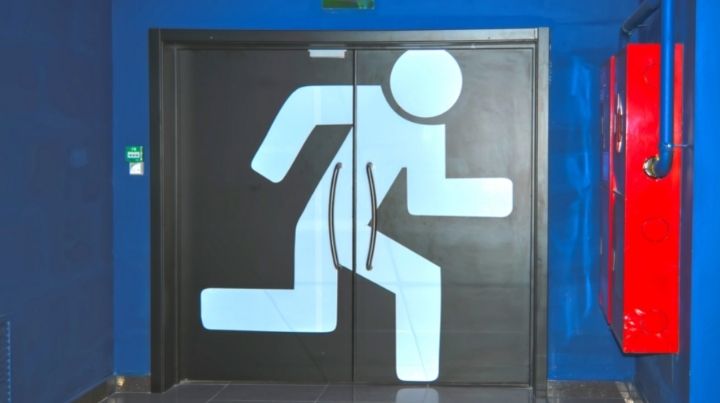
How Many Exits
When you go places with your tribe of mini-me’s, you can teach them to find all the possible exits in the building. It gets them thinking beyond the front door to windows, through the kitchen, out the back, etc. Depending on your philosophies and your child’s maturity level, you can expand this to improvised weapons. You can also get them to find cover and concealment options to take it even further.
Watching Movies/Shows
There are a lot of movies and shows that can show your future adults the way a criminal’s mind works. Some kids will happen to find this interesting, while others will find it frightening. Use your judgment whether this is appropriate.
If you see a show about a child or teen being kidnapped, sit down and watch it with your teens. Make a point of stopping the movie to elaborate on things of note.
- When did you first notice that person was sketchy?
- How could that kid have gotten away?
- What would you do if you were in the trunk of a car?
If this isn’t alarming to your child, you can get them ready to face life using fictional situations. Many kids learn much better by seeing a live event before their eyes than they do from Mom and Dad yammering on about danger.
Also, ask your kids questions about people in the movie:
- Was the cashier wearing glasses?
- What other objects did she have on?
- Did you notice any street signs?
- Did you notice any street names?
- What was the character’s home address?
The truth is, not everyone will be able to account for all the fine details. However, after work, we all can develop the mental resources to make it happen. And, you future leaders of the free world will be well on their way to making it happen.
How Do You Teach Situational Awareness to Young People?
Do you focus on situational awareness skills with your children? Do you have any tips or tricks to share? Let us know in the comments.
Stay safe!

Don't Miss Out!
Join the thousands of people who rely on Mind4Survival preparedness advice by subscribing to our FREE newsletter.
- Practical preparedness information
- Zero Spam
- < 0.25% of people unsubscribe




Join Mind4Survival!
Stay informed by joining the Mind4Survival! 100% Secure! 0% Spam!
Follow Us!
Affiliate Disclosure
Mind4Survival is a free, reader-supported information resource. If you make a purchase through our link, we may, at no cost to you, receive an affiliate commission.

